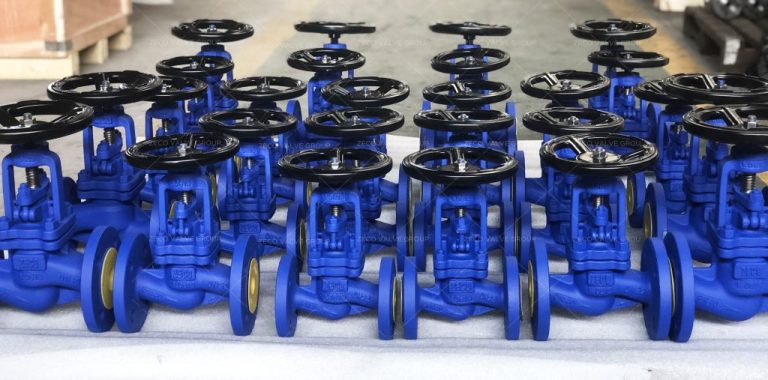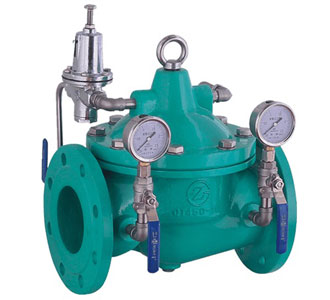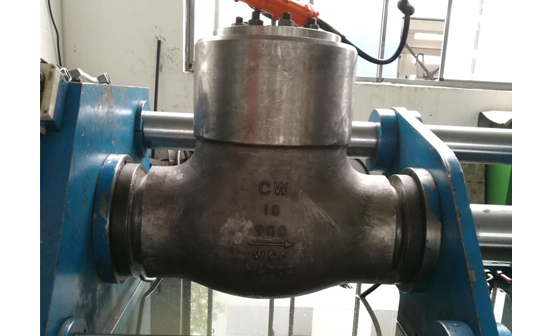EVERYTHING YOU NEED TO KNOW ABOUT FOOD VALVE | ZECO Valvethermostatic balancing valve
skg pneumatics inc
wafer vs lug valve
wafer vs lug style butterfly valve
8210g094
butterfly valve wafer vs lug
The food and beverage industry spans a wide range of goods and processes with specific regulations. In order to meet strict regulatory demands, manufacturers must understand exactly what each system needs to function as efficiently as possible. Understanding the complexities of the food and beverage industry will help you find the best working parts for your system.
Table of Contents
- What is food valve?
- What valves are used in the food industry?
- Valves can be grouped into two categories.
- Valves Boost Food Safety
- Valves Support Automation
What is food valve?
Valves for food are essentially used in industries requiring highly controlled environments and where process cleanliness is of utmost importance. They are widely used in food and beverage industries where controlled processes ensure that the manufactured products are in line with the safety standards.
What valves are used in the food industry?
When it comes to food processing, one of the most commonly used valves on the market to use is a solenoid valve. Many solenoid valves are designed to withstand humid and corrosive environments and extreme room temperatures.
Valves are a critical piece of equipment in the food and beverage industry. To achieve the best products and guarantee safety in your processes, the right valve must be chosen for operations. This will ensure proper functionality and minimize malfunctions down the line. When choosing a valve for your system, there are a few things to keep in mind. Here’s what you need to know about valves in the food and beverage industry.
Valves can be grouped into two categories.
Valves in the food and beverage industry can be categorized as either direct valves or utility service valves. Direct valves are used in systems that directly handle food. They come into contact with everything from milk and soda to condiments and meat. These valves are heavily regulated by a variety of independent organizations, like the Food and Drug Administration (FDA) and 3-A Sanitary Standards. For example, the valves must be smooth enough to prevent trapping food particles and allowing bacteria to grow. Stainless steel is often used for these types of valves because it is able to withstand corrosive agents.
Utility service valves do not come in direct contact with food. Instead, they handle utilities like steam or water that play a large role in food and beverage production. Although they do not directly contact products, they are still required to follow specific regulations to ensure safety.
Valves Boost Food Safety
Valves are an essential tool to block off pathogens and unwanted materials from entering food and beverages during processing. The need for sanitary valves in the industry is steadily growing and becoming a major focal point for manufacturers working on preventative safety. For example, sanitary valves used in the dairy industry handle some of the most perishable products and must follow regulations set by the Pasteurized Milk Ordinance (PMO). These valves must have tight shut-off capabilities to prevent leakage and cross-contamination.
Valves Support Automation
The biggest concern for food and beverage manufacturers is how to create and deliver products in the quickest and safest way possible. One of the best ways to minimize error and ensure consistency is through automation. While the introduction of pathogens is unavoidable, automation does reduce the risk of these unwanted materials entering the system.
Related Tags :
ZECO Valve
Globe Valve Manufacturer – Various Globe Valve Types
Gate Valve Manufacturer – Various Gate Valve Types
Thermoplastic Materials as Ball Valve Seat & Butterfly Valve Seat
12 inch Gate Valve Supplier
Globe Valve vs Ball Valve
What are Automatic Control Valves?
Shanghai Pressure Reducing Valve Factory
Ten articles before and after
HOW TO KEEP YOUR ELECTRICAL CABINETS DRY IN THE FOOD INDUSTRY | Zeco Valve
THIS IS HOW STERILE FILTRATION IS CHANGING THE INDUSTRY | Zeco Valve
SAVE ENERGY AND PREVENT DISRUPTIONS WITH NITROGEN GENERATORS | Zeco Valve
HOW TO AVOID CORROSION IN METAL PARTS | Zeco Valve
THE TOP 5 WAYS TO OPTIMIZE WATER MONITORING | Zeco Valve
HOW TO CHOOSE A WATER TREATMENT SYSTEM SUPPLIER FOR POWER GENERATION | Zeco Valve
CASE STUDY: HOW TO SOLVE TEMPERATURE CONTROL ISSUES IN A THERMAL OXIDIZER | Zeco Valve
A NEW ENERGY EFFICIENT NITROGEN GENERATOR IS LAUNCHING | Zeco Valve
3 DIGITIZATION TRENDS TO LOOK OUT FOR IN THE OIL AND GAS INDUSTRY | Zeco Valve
THE IMPORTANT KEY TO SUCCESSFUL NEW IOT TECHNOLOGY | Zeco Valve


